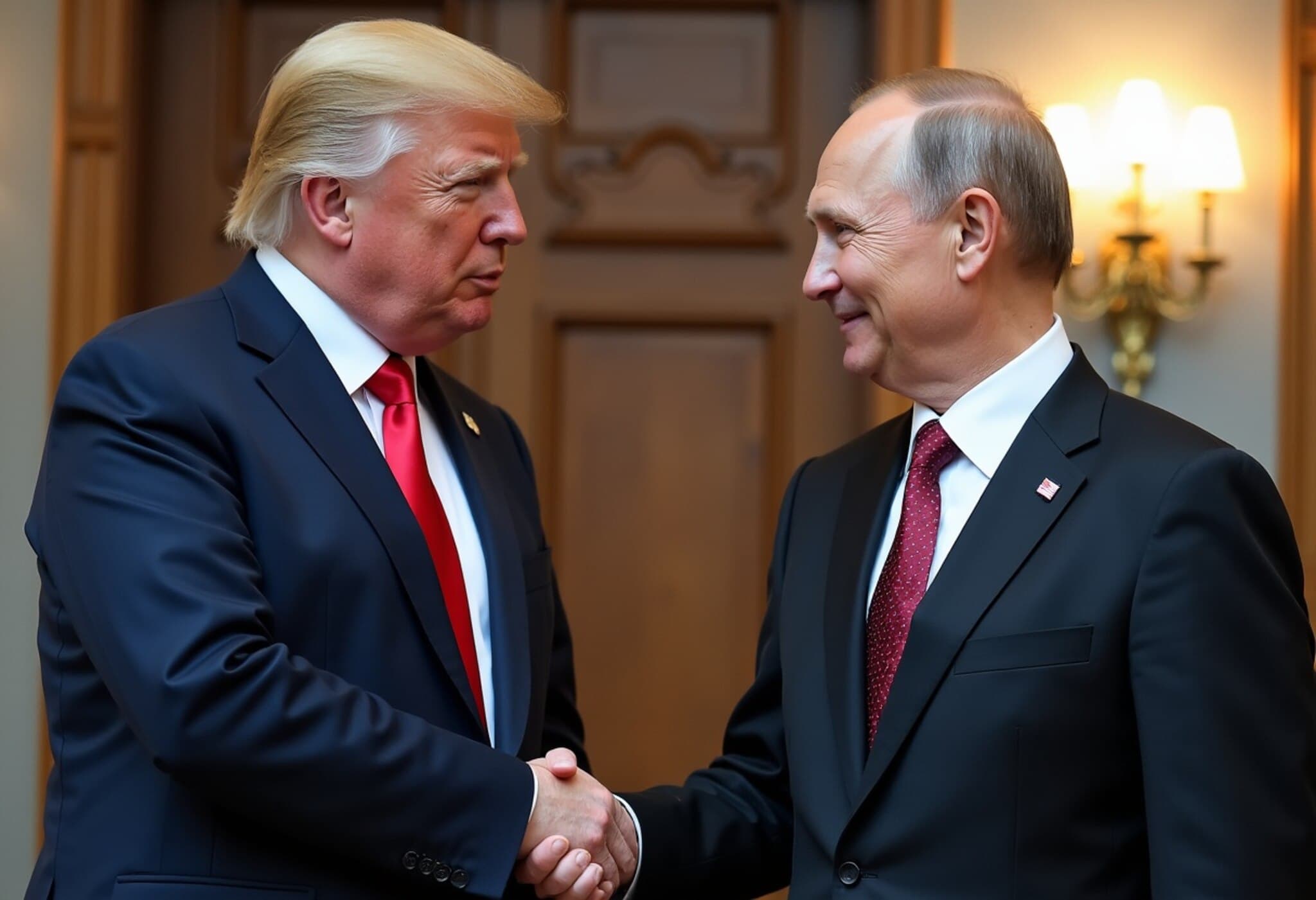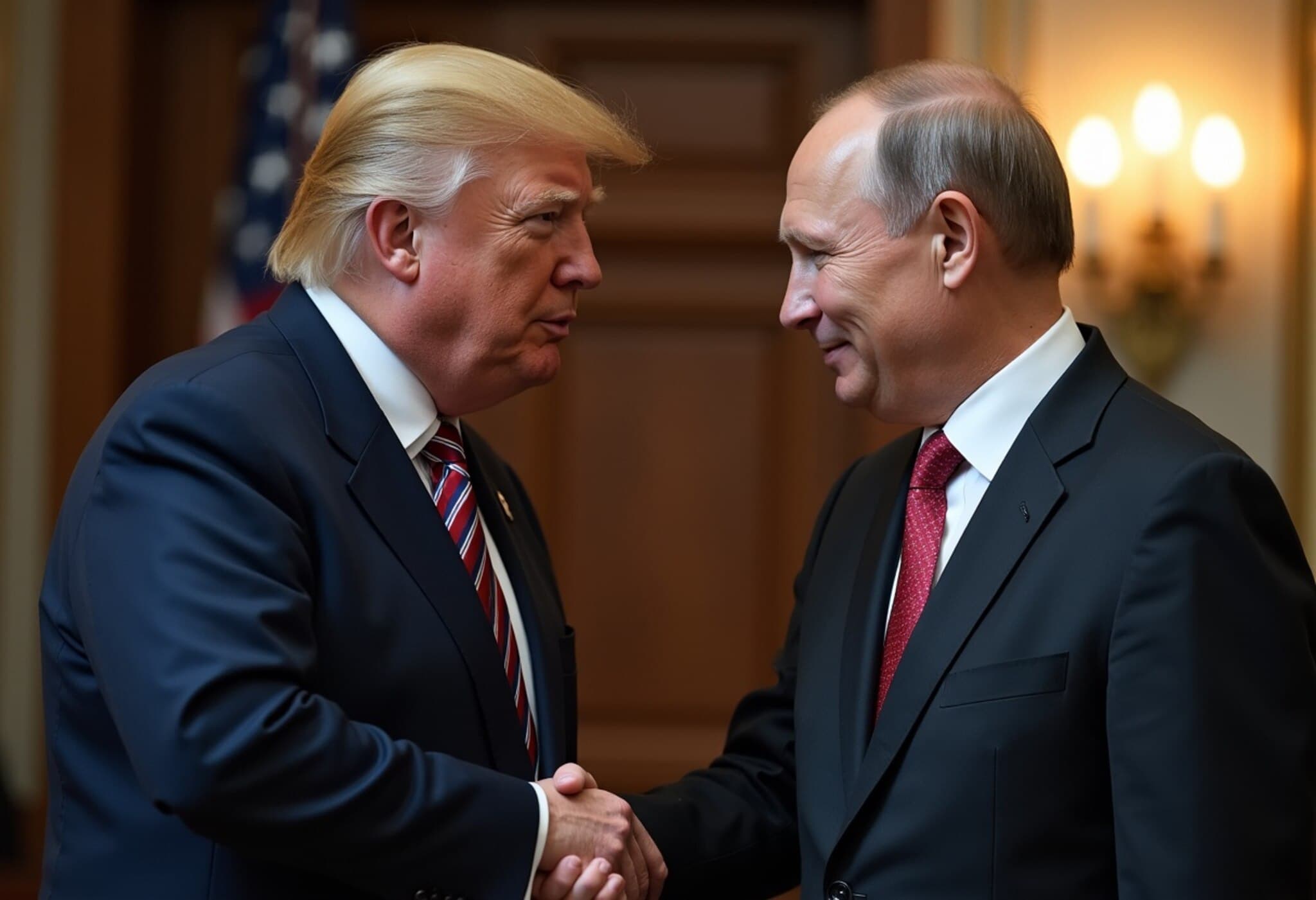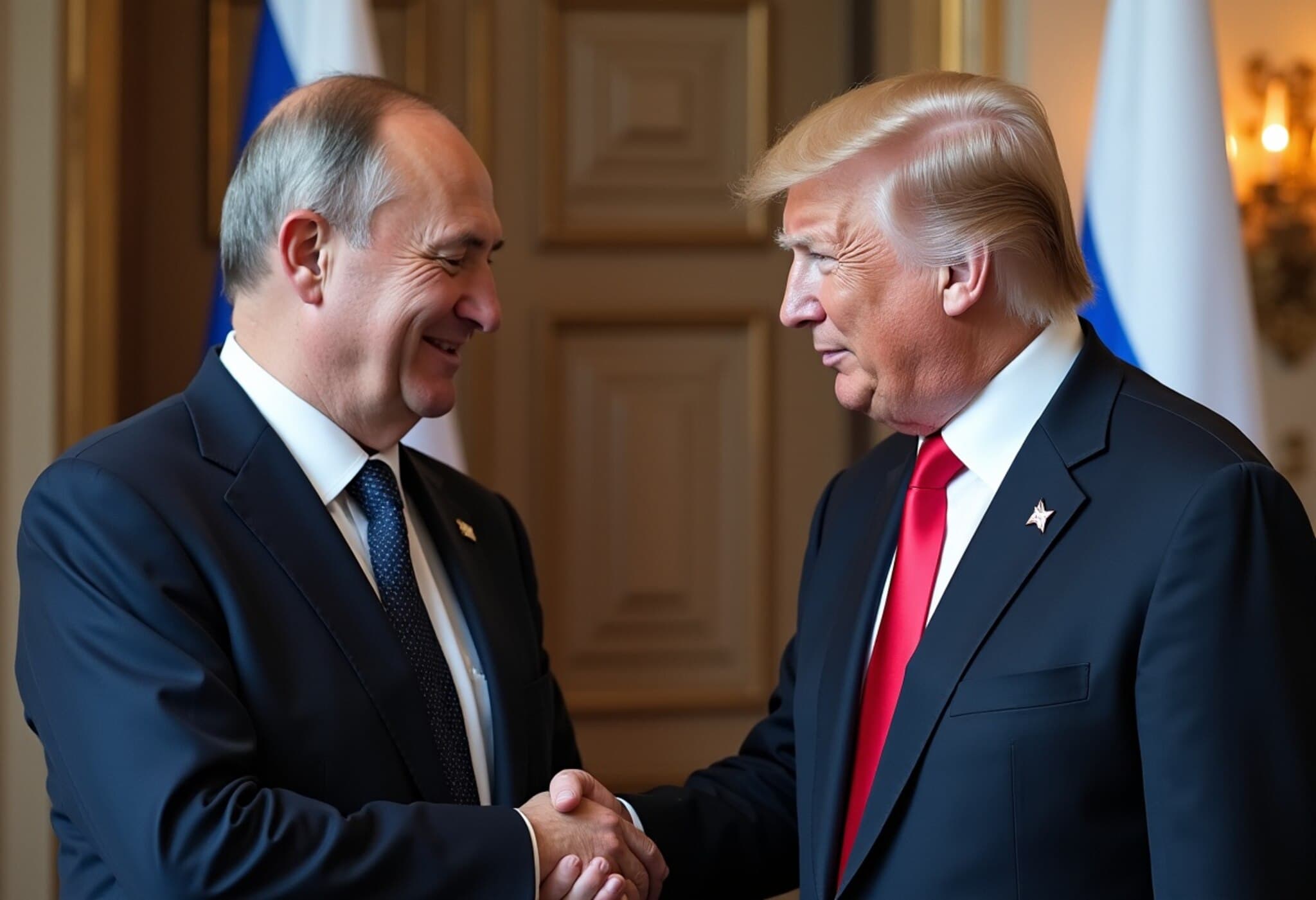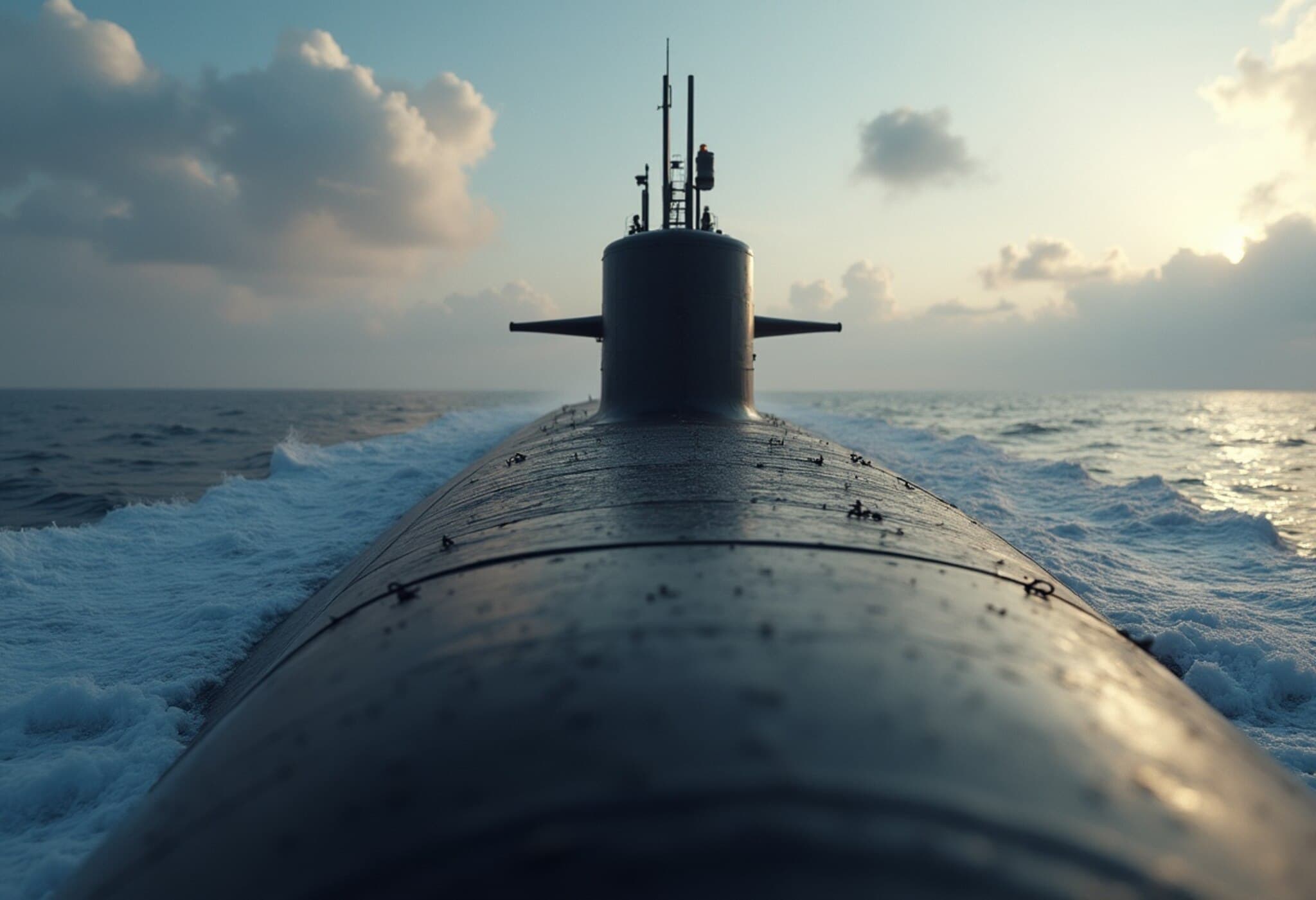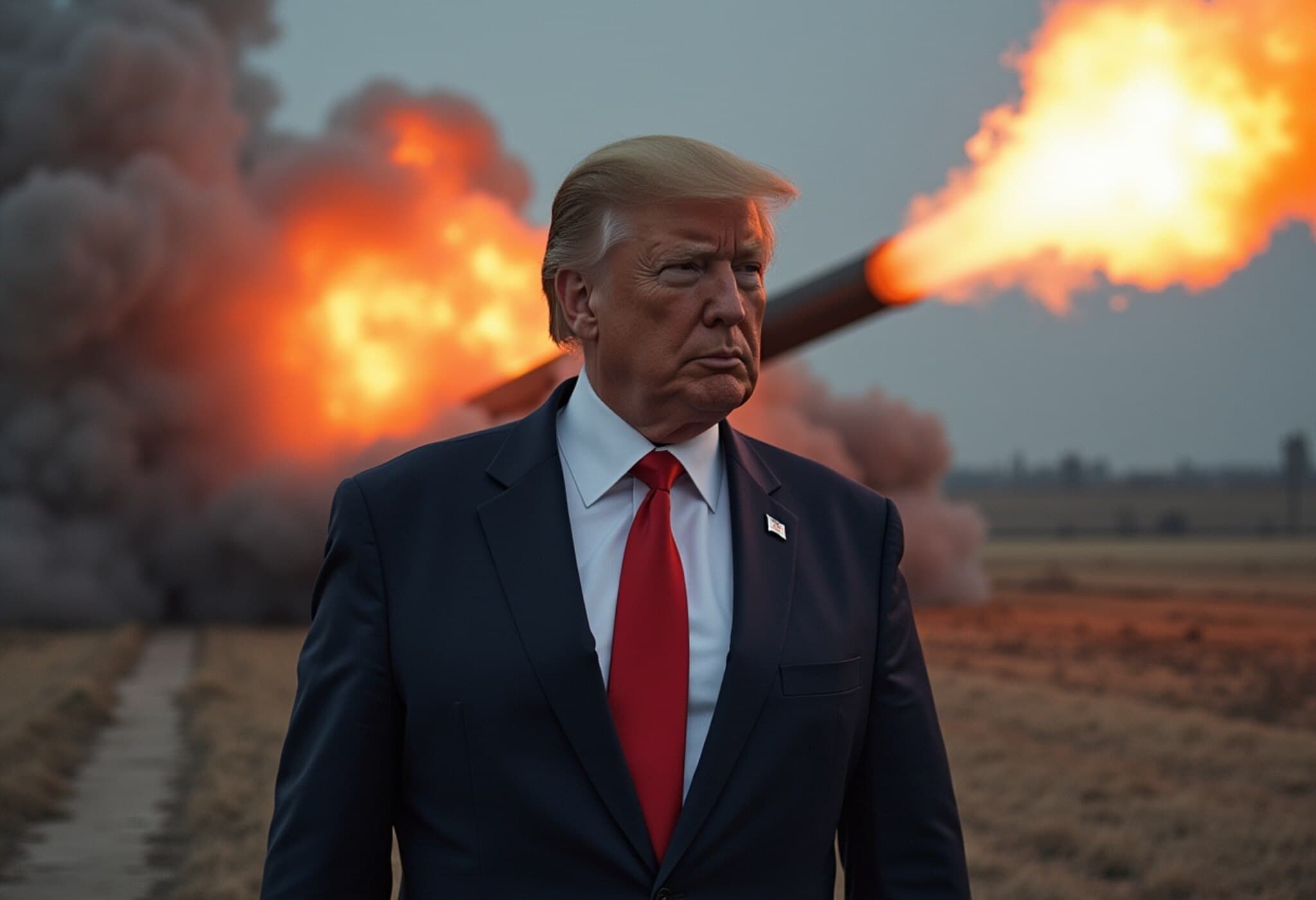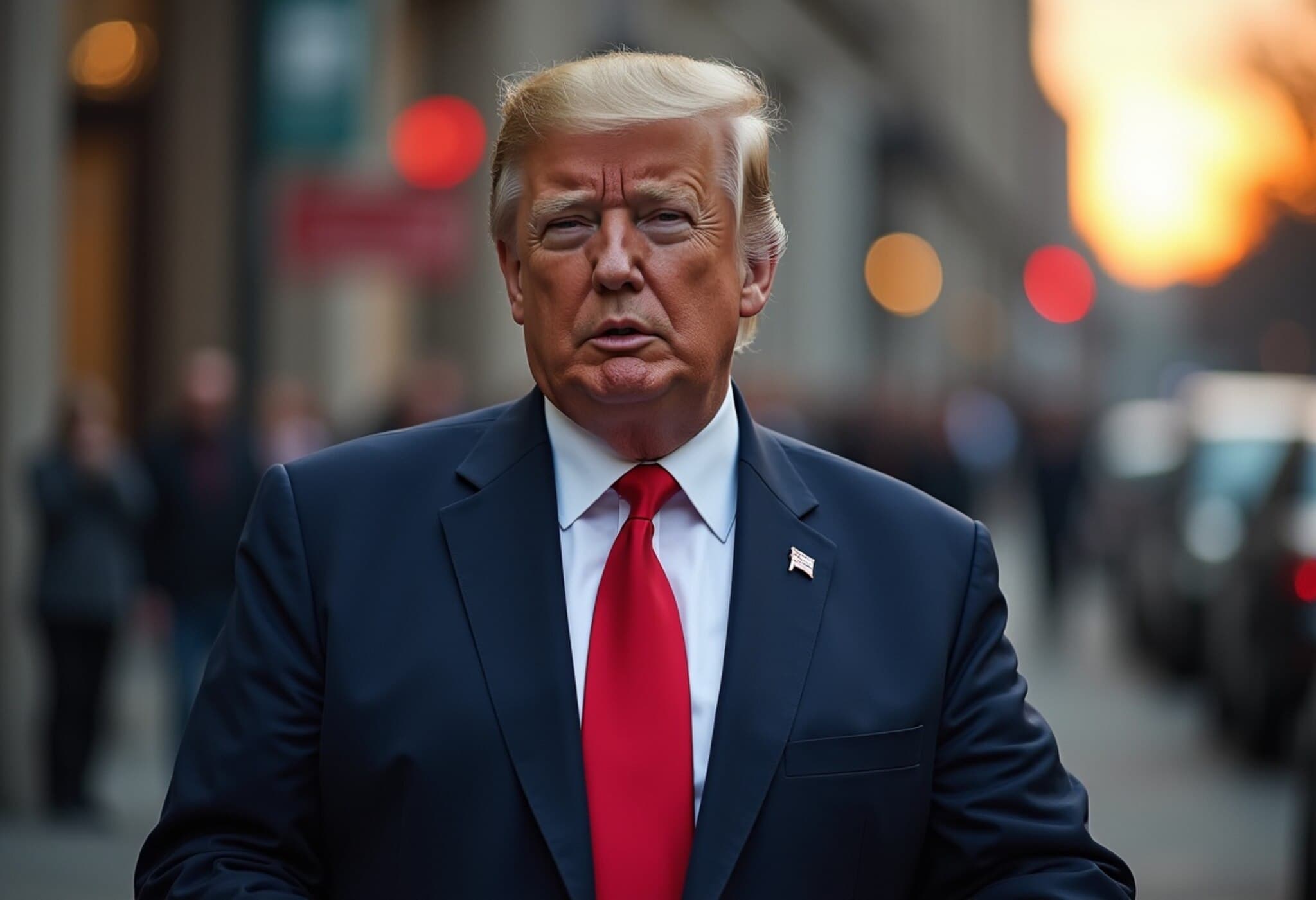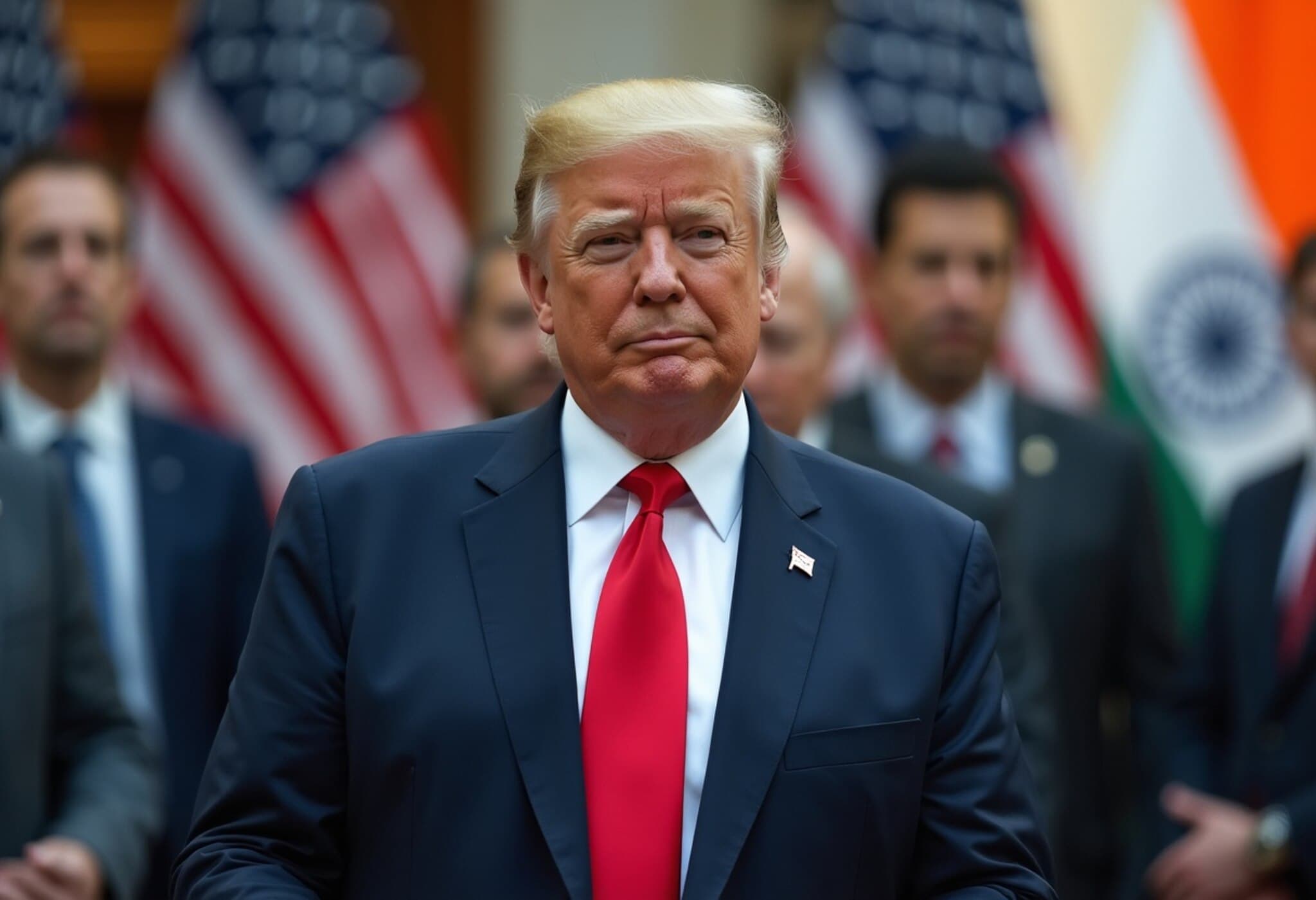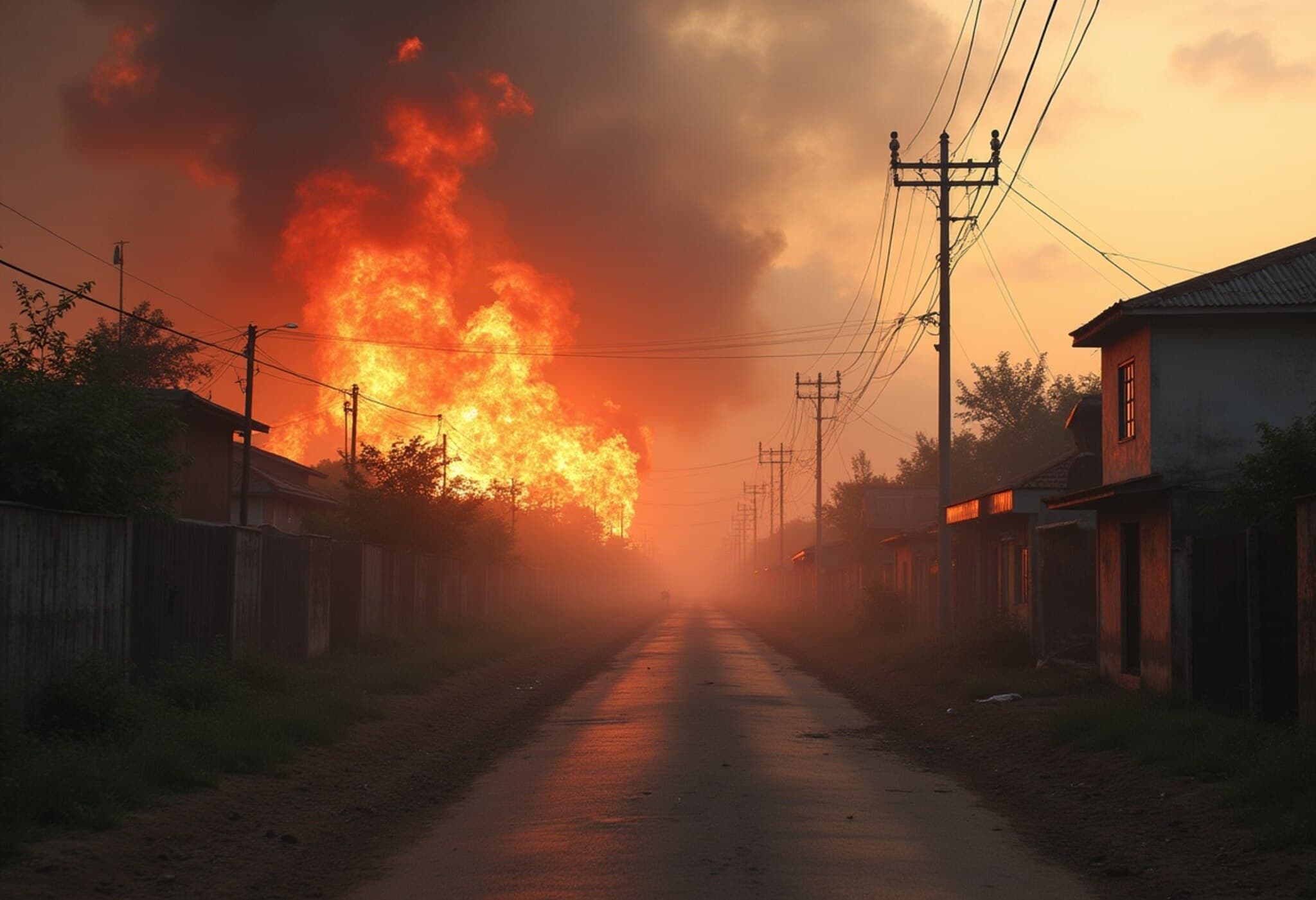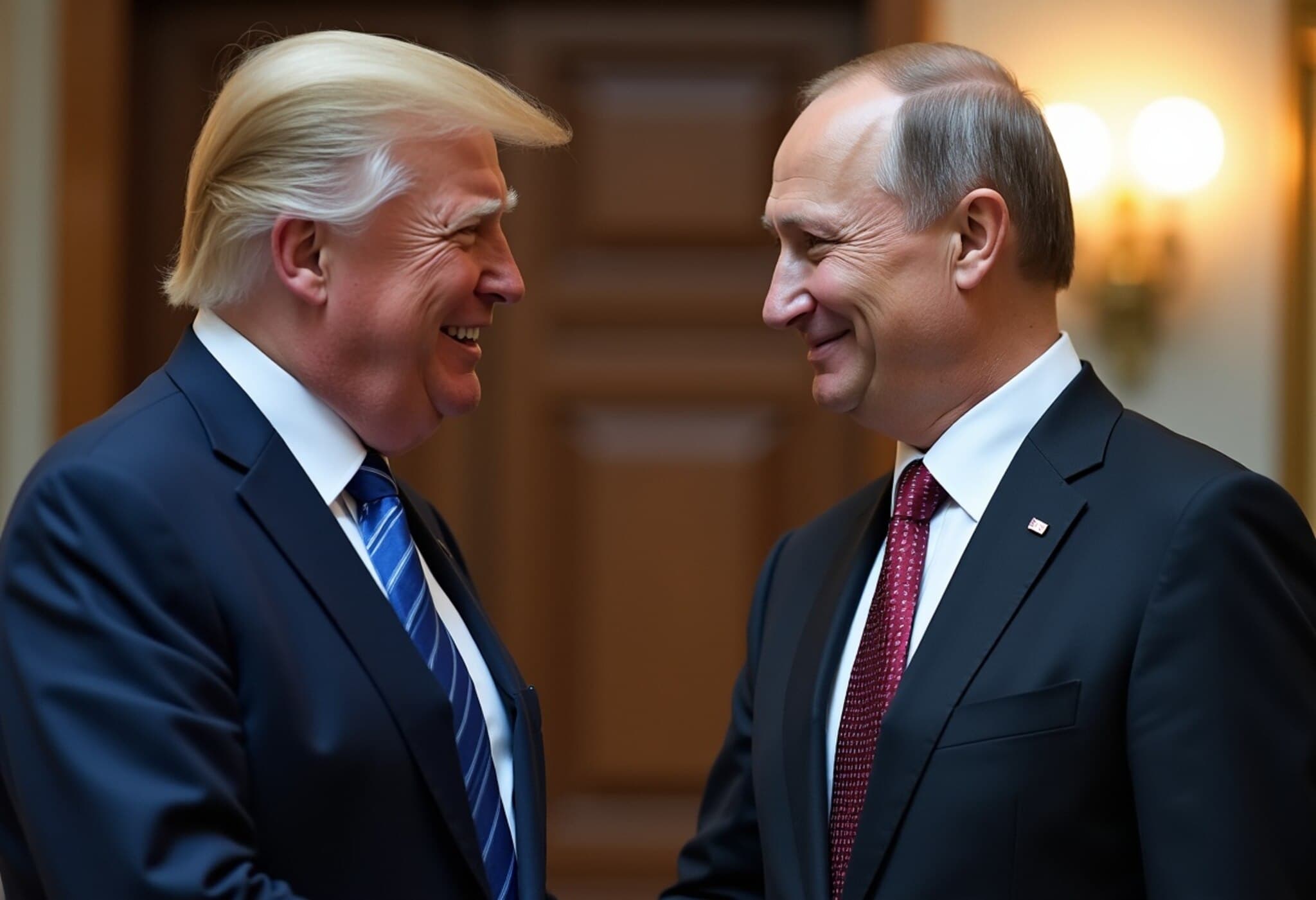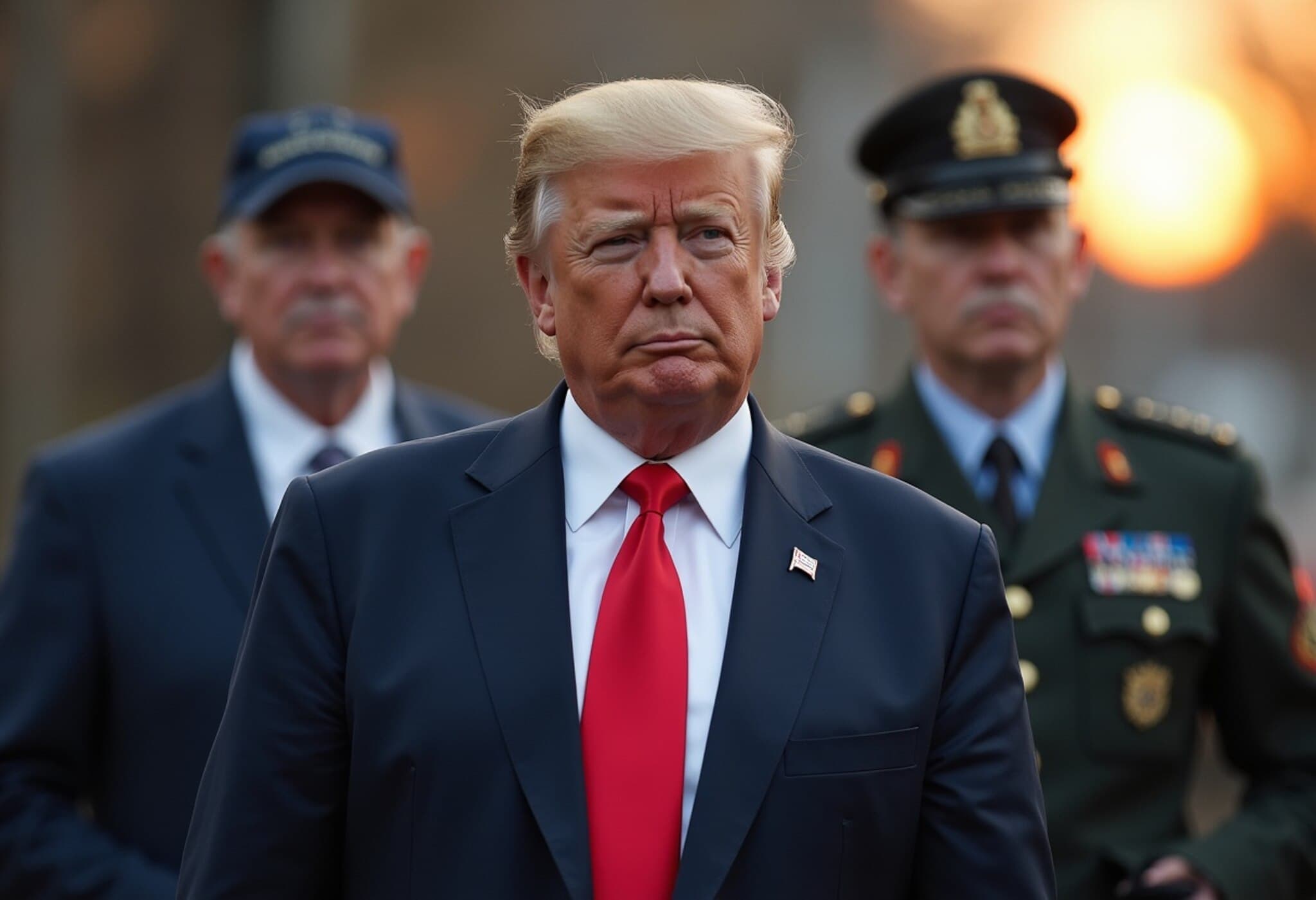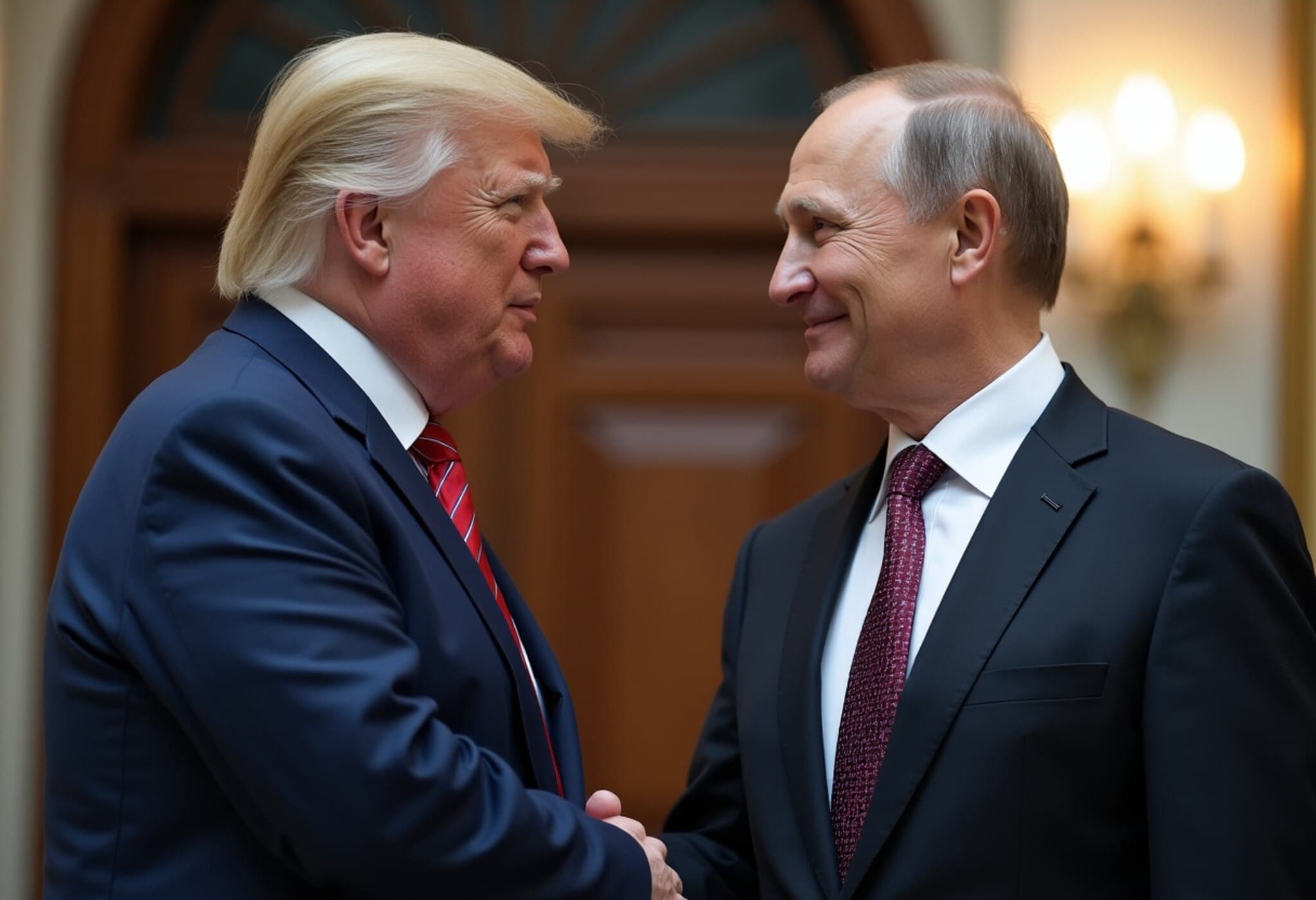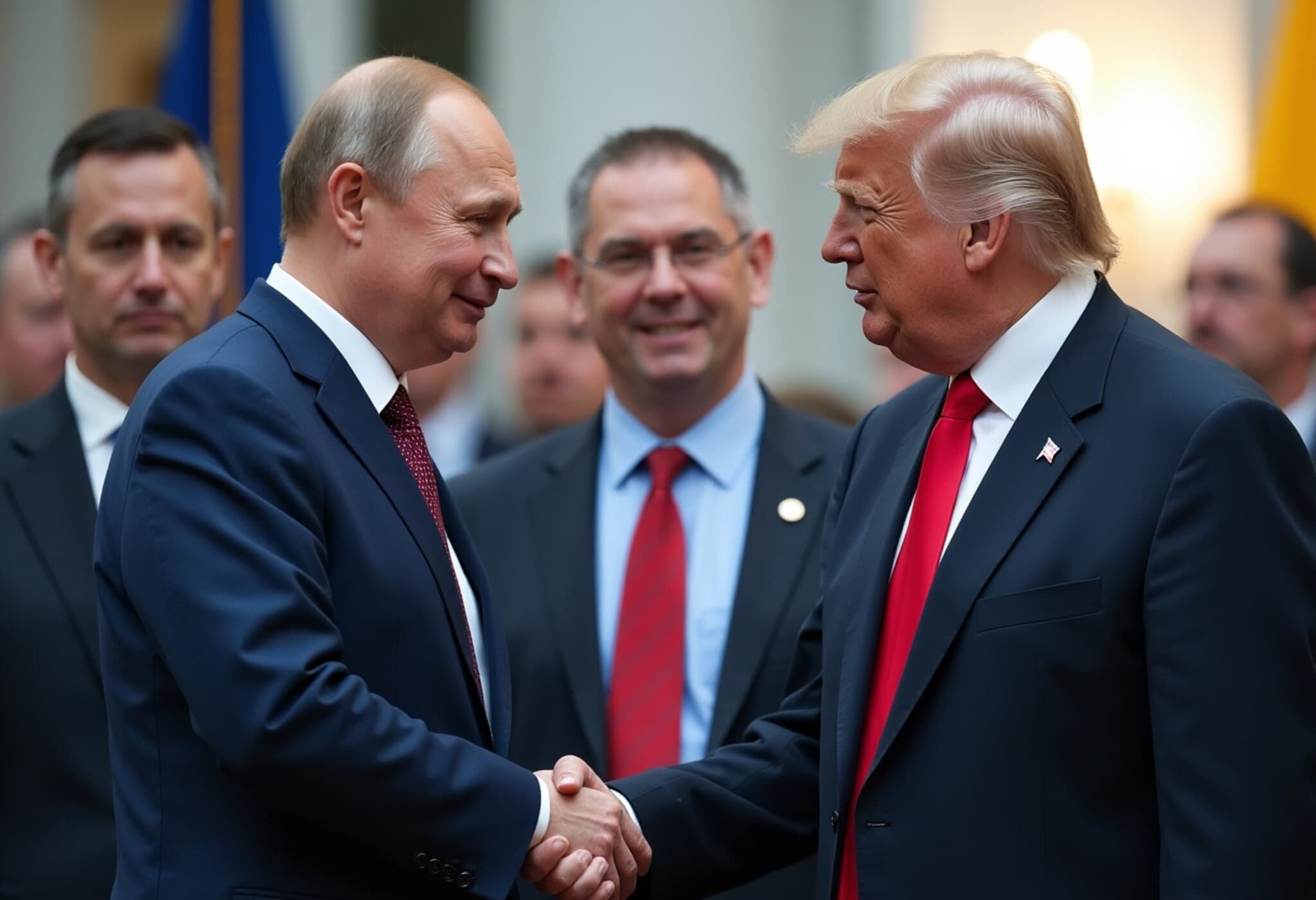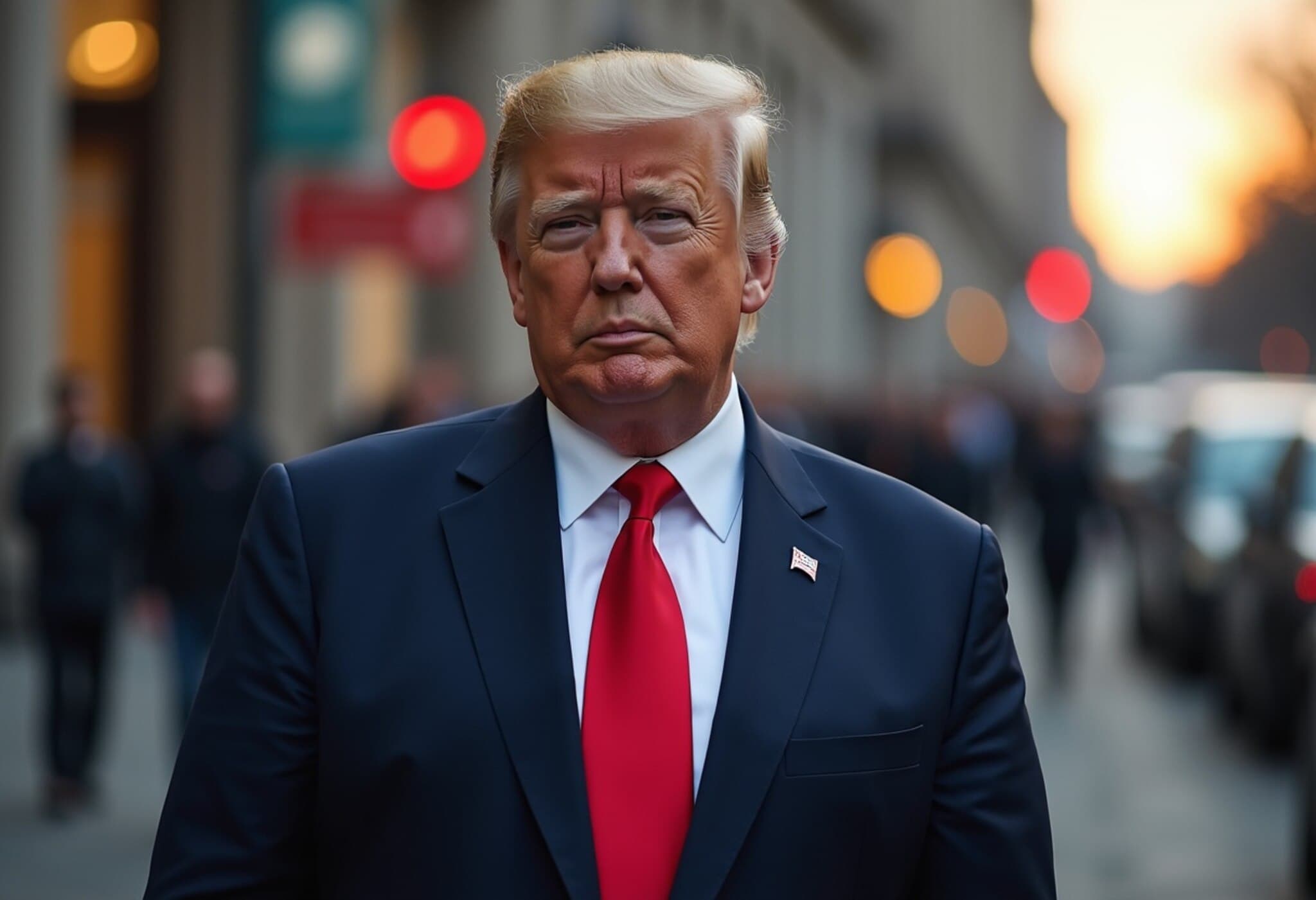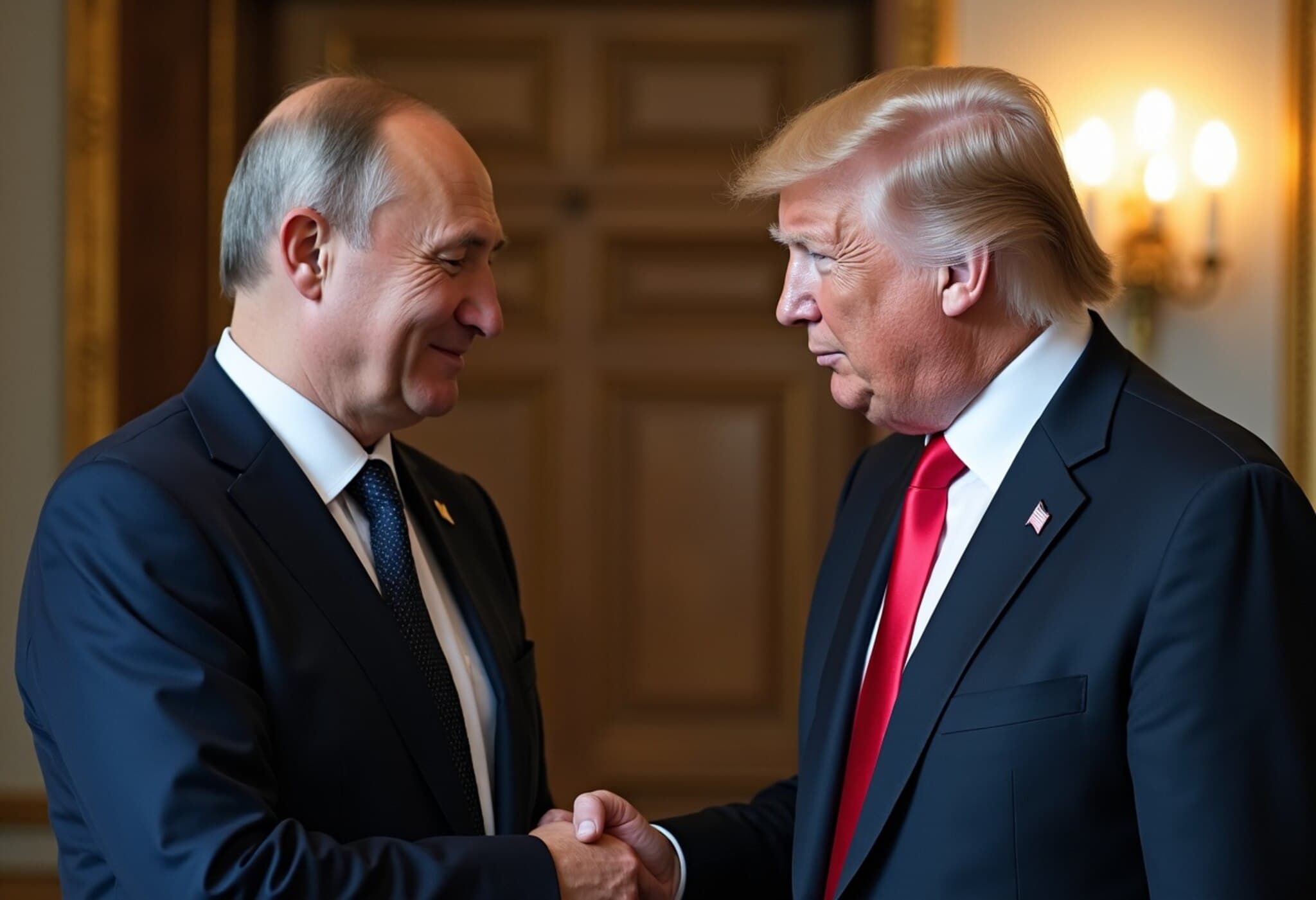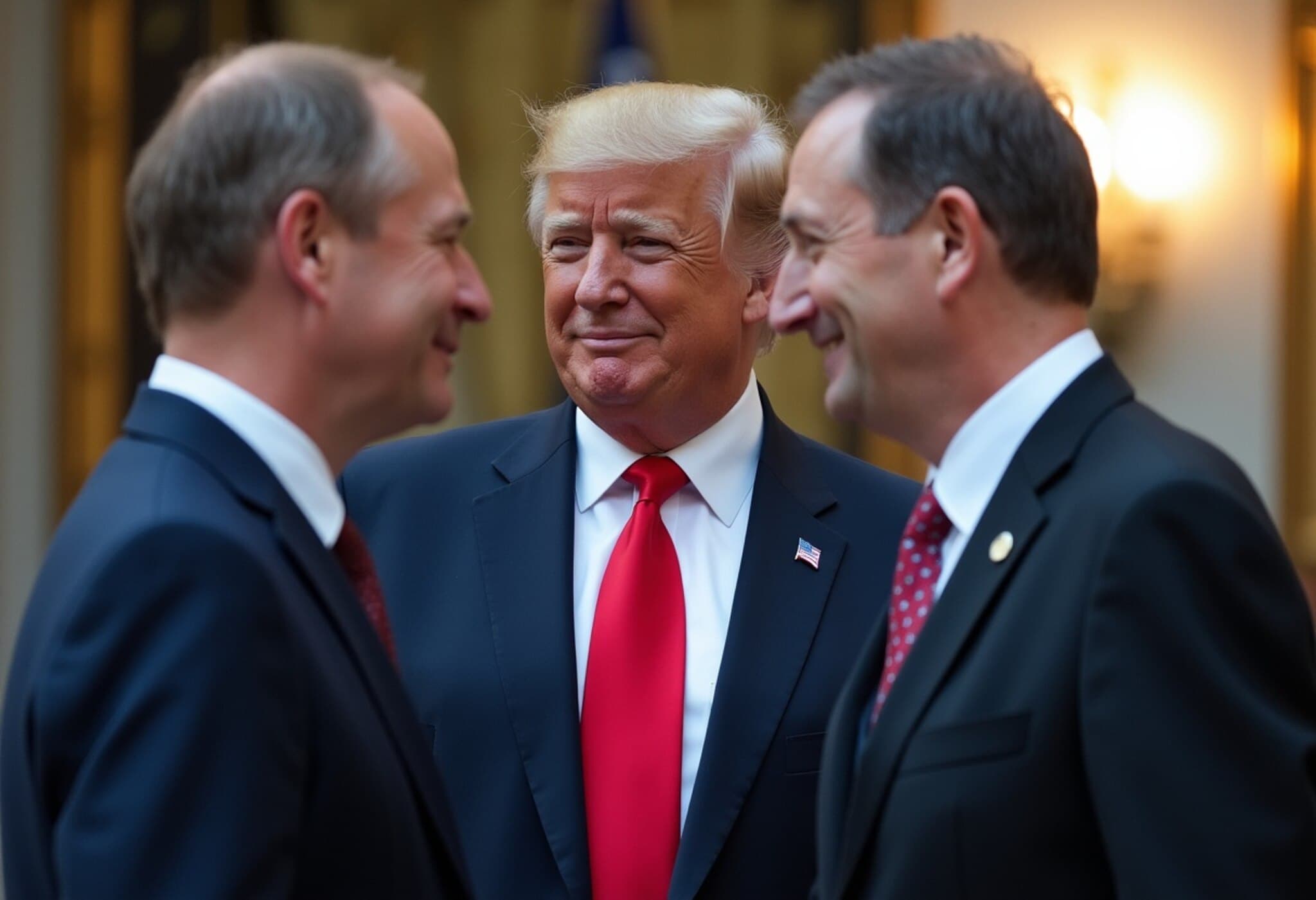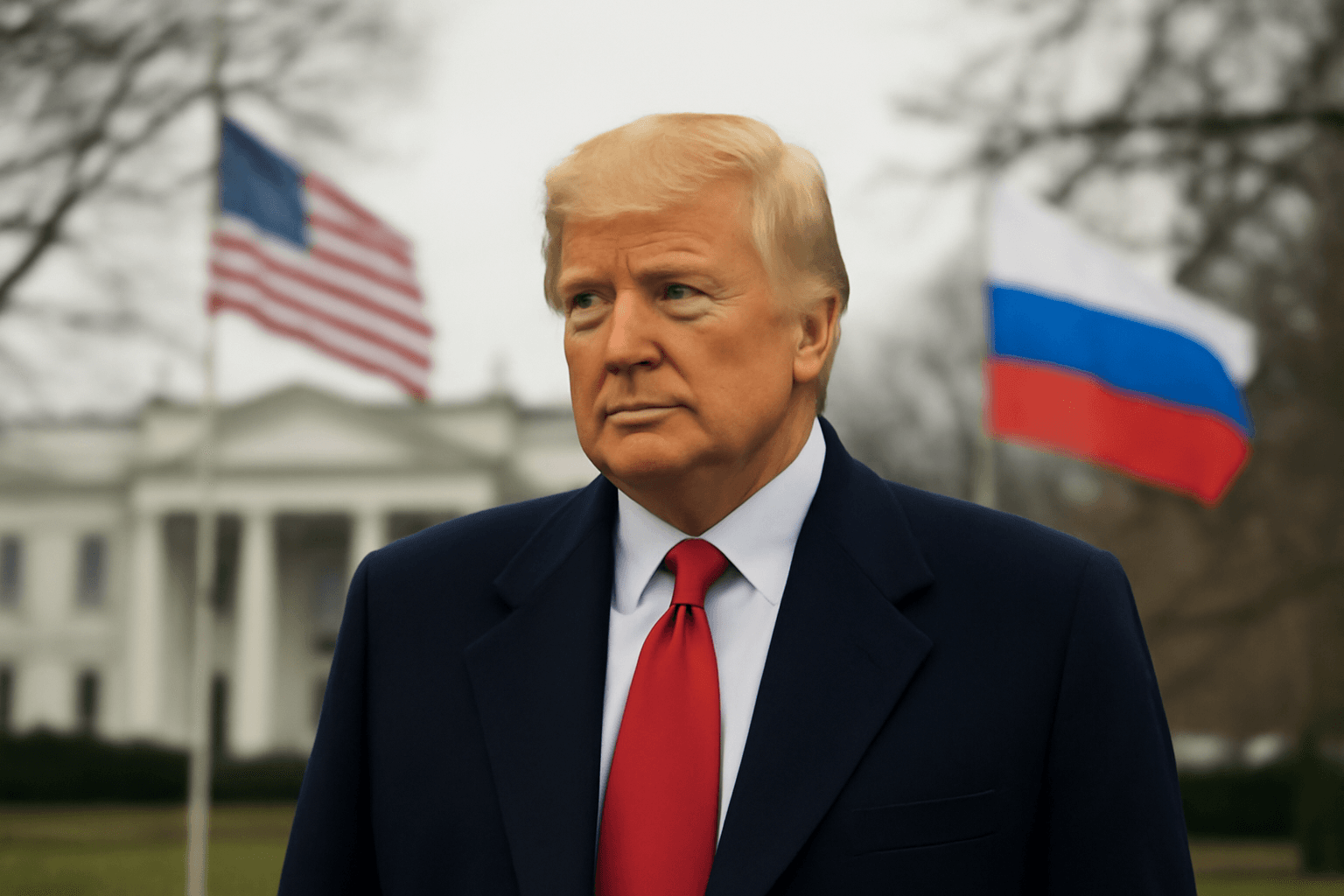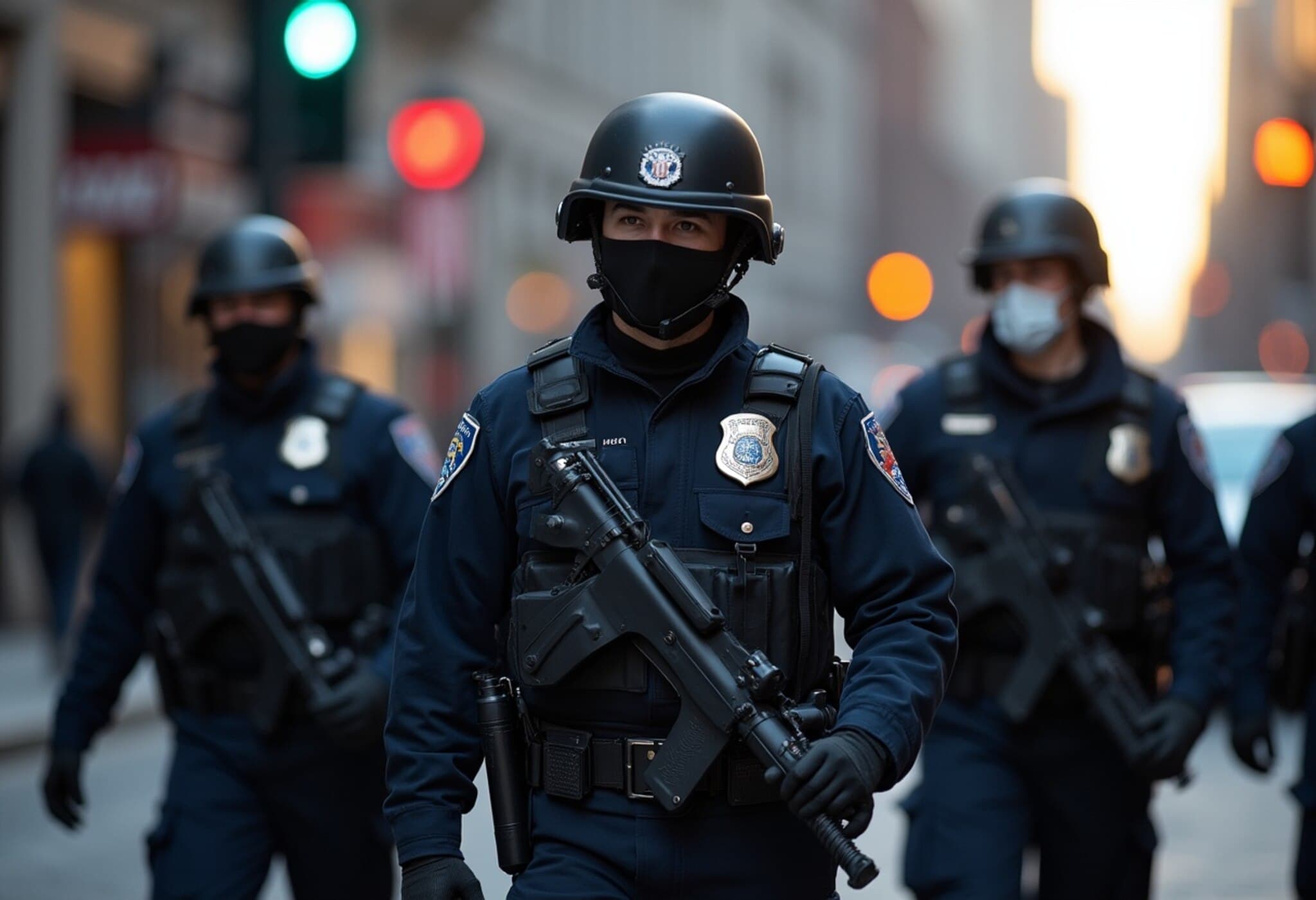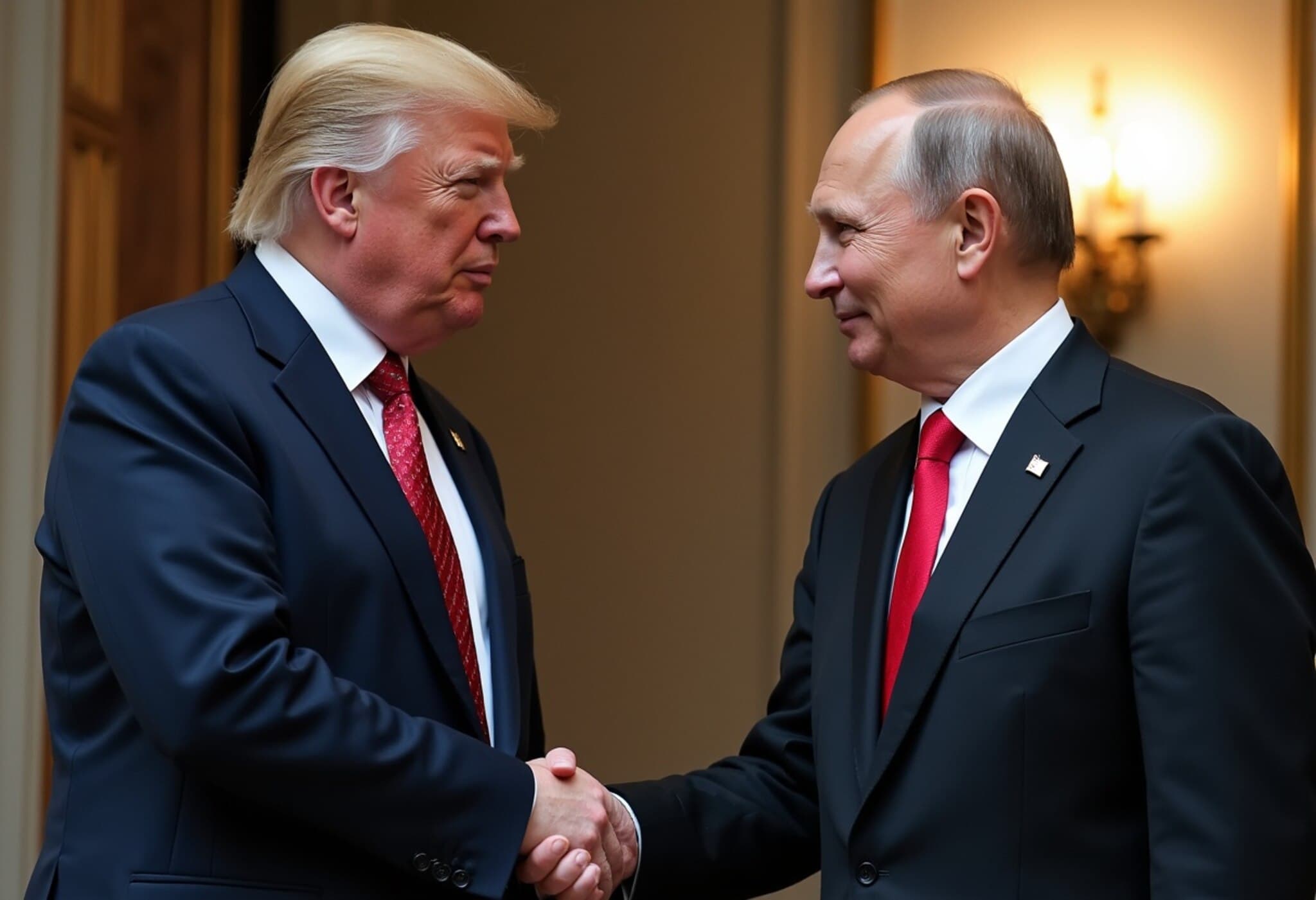Trump Rates Alaska Summit with Putin as a Perfect “10” Amid Ukraine Conflict Talks
In a recent interview with Fox News, former US President Donald Trump praised his August 15 meeting with Russian President Vladimir Putin at Joint Base Elmendorf-Richardson, Alaska, calling it “a 10 out of 10” and “very warm,” highlighting what he described as significant progress toward peace in Ukraine, despite no formal agreement being reached.
Trump emphasized the importance of strong rapport between the world’s two largest nuclear powers, stating, “We’re number one, they’re number two in the world,” and underscored that it is good for global stability when the US and Russia get along. The summit was part of ongoing diplomatic efforts to quell the devastating war in Ukraine, now nearing its third year.
Behind the Scenes of the Alaska Summit
Aboard Air Force One prior to the talks, Trump expressed his overarching goal: “to save a lot of lives.” Following nearly three hours of discussions, he told Fox News the talks had been “extremely productive,” with many points of agreement, although some critical issues remain unresolved.
“There were many, many points that we agreed on … A couple of big ones that we haven’t quite gotten there, but we’ve made some headway. So, there’s no deal until there’s a deal,” Trump said.
President Putin echoed this tone, describing the meeting atmosphere as “constructive” and marked by “mutual respect.” Neither side disclosed specific breakthroughs, feeding public anticipation about potential steps forward.
Putin Claims War Might Have Been Avoided
Notably, Putin suggested that the conflict in Ukraine might have been averted had Trump remained in office after the 2020 election. According to BBC reports, Putin stated,
“Today, when President Trump says that, and I’m quite sure that it would indeed be. I can confirm that.”
This assertion touches on a controversial debate within US political and foreign policy circles about how different leadership approaches impact global conflicts. It raises broader questions about how US-Russia relations shape security dynamics in Eastern Europe.
Trump’s Message to Zelenskyy: ‘Make a Deal’
Looking forward, Trump suggested that further negotiations would take place not only with Russian leadership but also with Ukrainian President Volodymyr Zelenskyy and NATO allies. During the Fox News interview, Trump advised Zelenskyy to consider making peace, highlighting the harsh realities of fighting a powerful war machine.
“They’re fighting a big war machine, and we, I think, are close to a deal, but I don’t like saying it… I always say 50-50 because so many things can happen,” Trump said. “But I think President Putin would like to solve the problem.”
Additionally, Trump referenced a book presented to him containing names of “thousands of prisoners” potentially slated for release under a future agreement, indicating some progress in humanitarian aspects of the negotiations.
Expert Context and Implications
This meeting is notable because it marks one of Trump’s first high-profile engagements with Putin since the former returned to political prominence. The summit’s warmth and mutual respect reflect a diplomatic approach emphasizing personal rapport over public confrontation, a hallmark of Trump’s foreign policy style.
However, expert analysts caution that the lack of concrete outcomes means the situation in Ukraine remains perilous. The war’s human cost has been profound, and international pressure continues to mount for a clear path toward ceasefire and peace.
Moreover, the dialogue raises critical questions about the US role in NATO and the broader geopolitical balance of power. Would a negotiated settlement between Russia and Ukraine ever align fully with Western interests? How does this summit influence ongoing US domestic political debates over foreign policy?
Looking Ahead
- Monitoring follow-up talks involving Ukraine, Russia, and NATO will be crucial to assessing whether the recent warmth translates into substantive progress.
- Attention should also focus on any prisoner exchanges or humanitarian agreements emerging from these discussions.
- Finally, understanding the internal political calculus on both sides can shed light on the potential timelines for peace or continued conflict.
Editor’s Note
The Alaska summit between Trump and Putin underscores the complexities of peace diplomacy amid ongoing conflict. While personal chemistry between leaders can open doors, the absence of specific commitments reminds us that lasting solutions require more than warm meetings—they demand sustained political will and transparent negotiations involving all stakeholders, especially Ukraine. As the world watches, critical questions remain: Can diplomacy outpace the grinding realities of war? And how should America balance national interests with global peace efforts? These considerations merit close attention moving forward.
By strengthening journalistic clarity and adding nuanced context, this report aims to illuminate the multifaceted nature of international diplomacy in today’s volatile geopolitical landscape.

